The Cambrian Explosion remains one of the most enigmatic events in the history of life on Earth. Approximately 541 million years ago, over a relatively short geological span, nearly all major animal phyla appeared in the fossil record. This sudden diversification has puzzled scientists for decades, with traditional evolutionary theories struggling to fully explain its rapid pace and scale. In recent years, an intriguing hypothesis has emerged from the intersection of quantum physics and biology—suggesting that quantum mechanical processes may have played a role in this evolutionary leap.
The Quantum Biology Perspective
Quantum biology is a nascent field exploring how quantum phenomena, such as coherence, entanglement, and tunneling, influence biological processes. While traditionally associated with photosynthesis in plants or bird migration, some researchers now speculate that quantum effects could extend to evolutionary mechanisms. The idea is controversial but not without precedent. If quantum processes can enhance energy transfer in photosynthesis or enable precise navigation in animals, could they also have accelerated genetic mutations or developmental plasticity during the Cambrian Explosion?
Quantum Coherence and Genetic Mutations
One proposed mechanism involves quantum coherence in DNA. Mutations are typically viewed as random errors in genetic replication, but if quantum states influenced nucleotide interactions, the mutation rate might have been non-random and directed. This could explain the sudden appearance of complex body plans without relying solely on slow, incremental changes. Quantum tunneling—a phenomenon where particles bypass classical energy barriers—might have facilitated rapid genetic rearrangements, enabling the explosive diversification seen in the fossil record.
Environmental Triggers and Quantum Sensitivity
The Earth's environment during the Cambrian period was markedly different from today. Fluctuating magnetic fields, higher radiation levels, and unique chemical conditions might have created a "quantum-friendly" backdrop. Some theorists suggest that these environmental factors could have amplified quantum biological effects, making organisms more susceptible to quantum-driven mutations or epigenetic changes. If true, this would imply that the Cambrian Explosion was not just a fluke of evolution but a convergence of quantum and biological processes under specific planetary conditions.
Challenges and Skepticism
Critics argue that quantum effects are too fragile to persist in warm, wet biological systems, where decoherence would rapidly disrupt delicate quantum states. Moreover, the lack of direct evidence linking quantum processes to macroevolutionary events makes this hypothesis speculative at best. Yet, proponents counter that quantum biology has repeatedly defied classical expectations—photosynthesis and magnetoreception being prime examples. The question remains: if quantum effects can shape life at microscopic scales, why not at evolutionary ones?
Future Directions and Implications
Testing this hypothesis requires interdisciplinary collaboration. Paleontologists, quantum physicists, and molecular biologists must work together to explore whether quantum signatures can be inferred from ancient biomolecules or simulated in evolutionary models. If validated, the quantum biology perspective could revolutionize our understanding of life's history—not just on Earth but potentially elsewhere in the universe. After all, if quantum mechanics influenced the Cambrian Explosion, similar processes might underlie rapid diversification on other planets.
The Cambrian Explosion continues to captivate scientists and laypeople alike. Whether quantum biology ultimately provides the missing piece of this puzzle or not, the very possibility invites us to rethink the boundaries between physics and biology. In the words of one researcher, "The universe is quantum at its core—why should life be any different?"

By /Aug 7, 2025
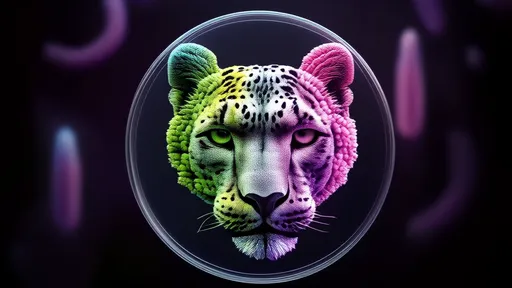
By /Aug 7, 2025
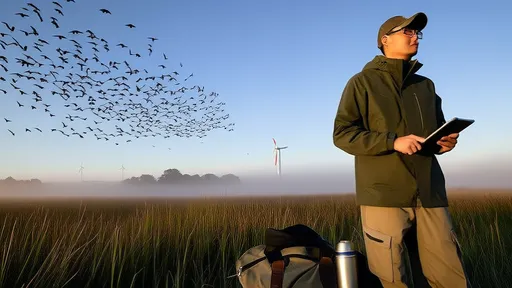
By /Aug 7, 2025
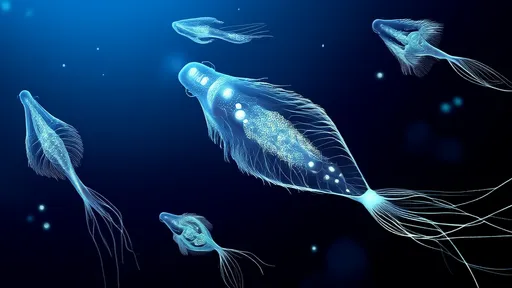
By /Aug 7, 2025

By /Aug 7, 2025

By /Aug 7, 2025

By /Aug 7, 2025

By /Aug 7, 2025

By /Aug 7, 2025

By /Aug 7, 2025
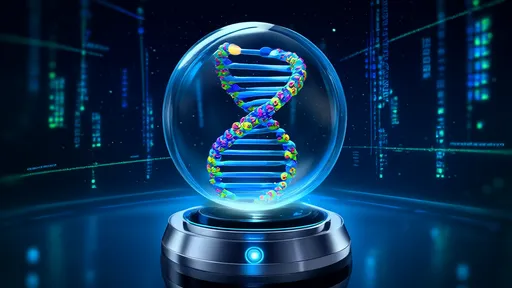
By /Aug 7, 2025

By /Aug 7, 2025

By /Aug 7, 2025
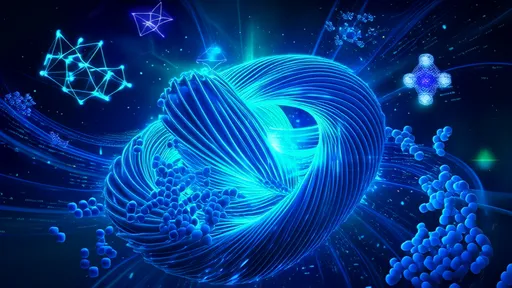
By /Aug 7, 2025
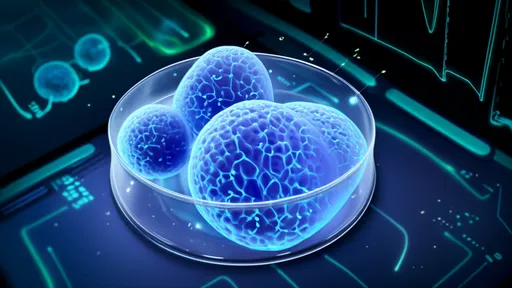
By /Aug 7, 2025

By /Aug 7, 2025

By /Aug 7, 2025

By /Aug 7, 2025
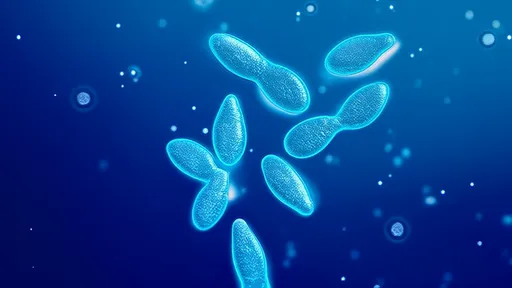
By /Aug 7, 2025
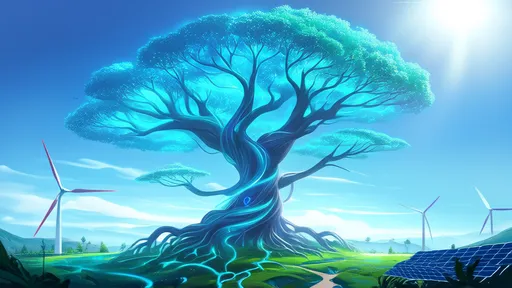
By /Aug 7, 2025